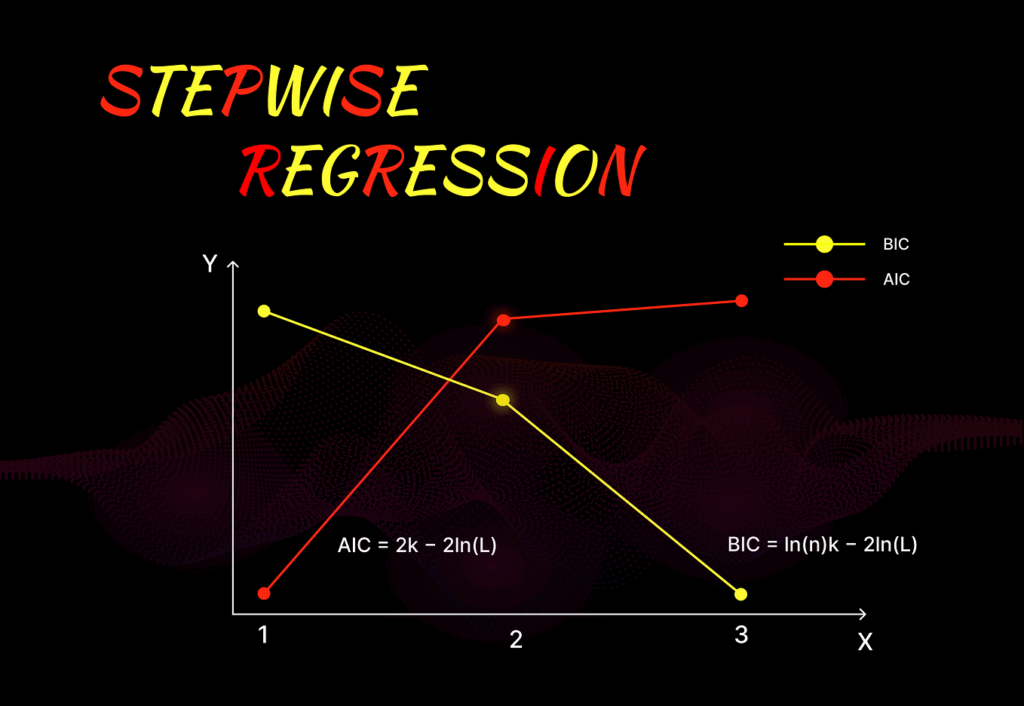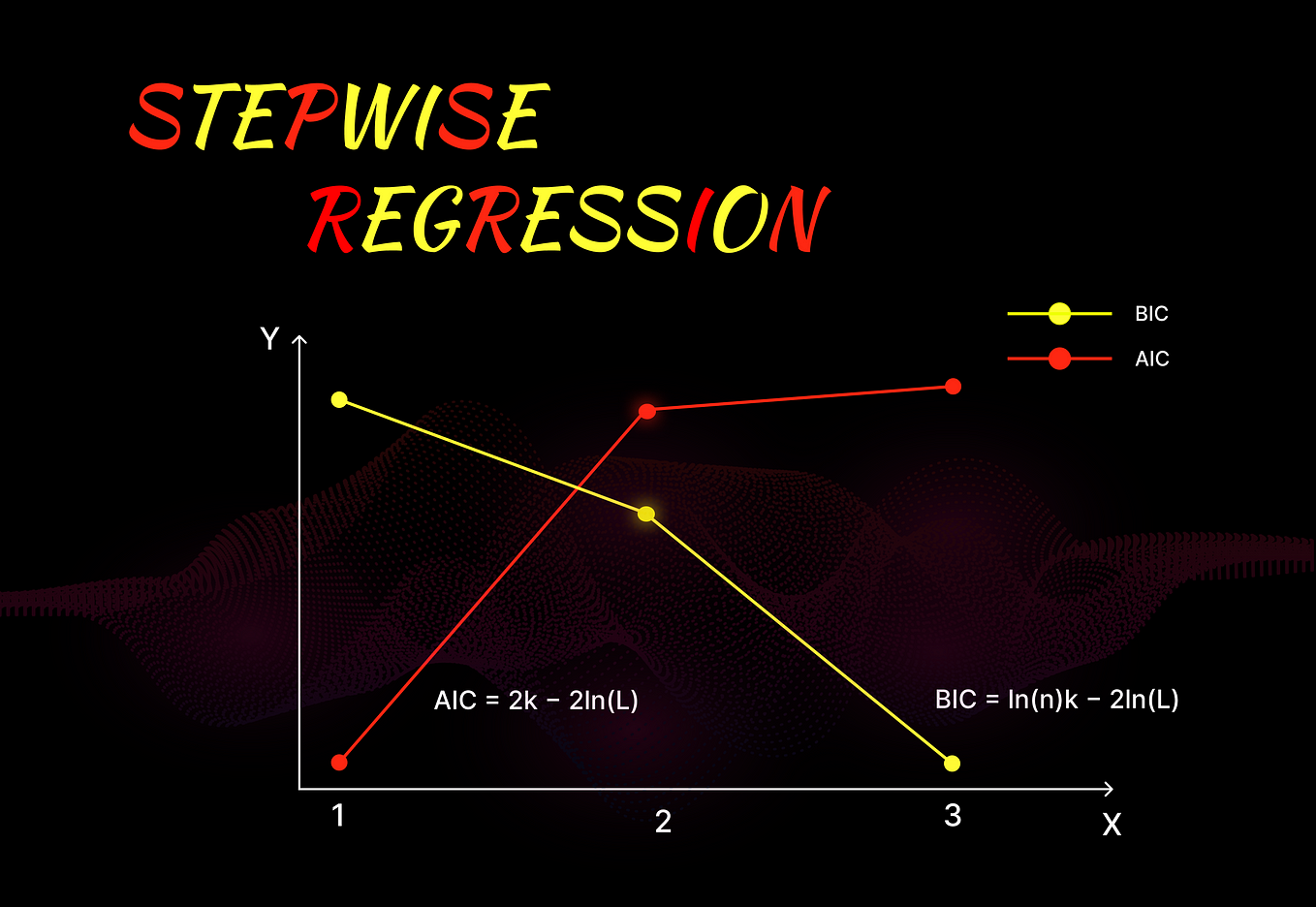
Drooping Desk Repair: A Comprehensive Guide to Fixing Your Sagging Workspace
The modern workspace, whether in a bustling office or a cozy home office, is often centered around the desk. It’s the command center, the place where ideas take shape and productivity thrives. But what happens when this essential piece of furniture starts to fail? When your desk begins to droop, sag, or wobble, it’s not just an aesthetic issue; it can impact your posture, comfort, and overall work experience. This guide delves into the world of drooping desk repair, offering a comprehensive approach to diagnosing, fixing, and preventing this common problem. We’ll cover everything from simple adjustments to more involved repairs, ensuring your workspace remains a functional and inspiring environment.
Understanding the Problem: Why Desks Droop
Before diving into drooping desk repair, it’s crucial to understand the underlying causes. Desks, particularly those made of particleboard or other composite materials, are susceptible to a variety of stresses that can lead to sagging. These stresses can include:
- Weight Overload: Placing excessively heavy items on your desk, such as multiple monitors, heavy books, or large printers, can exceed its load-bearing capacity.
- Material Degradation: Particleboard and MDF (Medium-Density Fiberboard) are prone to moisture damage and can weaken over time, especially in humid environments.
- Poor Construction: Desks with inadequate support structures, weak joints, or insufficient bracing are more likely to droop.
- Loose Fasteners: Screws, bolts, and other fasteners can loosen over time due to vibrations or general use, leading to instability and sagging.
- Uneven Surface: Placing a desk on an uneven floor can put stress on the frame and cause it to twist or sag.
Identifying the specific cause of your drooping desk is the first step toward effective repair. This often involves a visual inspection and a bit of detective work.
Tools and Materials You’ll Need for Drooping Desk Repair
The tools and materials required for drooping desk repair will vary depending on the severity of the problem and the type of desk. However, a basic toolkit should include the following:
- Screwdriver Set: Including both Phillips head and flathead screwdrivers of various sizes.
- Drill: A power drill can be invaluable for pre-drilling holes and driving screws.
- Measuring Tape: For accurate measurements.
- Level: To ensure the desk is level after repairs.
- Wood Glue: For reinforcing joints and securing components.
- Wood Screws: Various sizes and types, suitable for the desk’s construction.
- Wood Shims: For leveling uneven surfaces.
- Clamps: To hold components together while the glue dries.
- Sandpaper: For smoothing surfaces before applying glue or finishing.
- Reinforcement Brackets: Metal or wooden brackets to strengthen weak points.
- Replacement Parts (if needed): Legs, supports, or the tabletop itself.
Having these tools and materials readily available will streamline the drooping desk repair process and ensure you’re prepared for any challenge.
Step-by-Step Guide to Drooping Desk Repair
The following steps provide a general guide to drooping desk repair. Remember to tailor these steps to the specific issues of your desk.
Step 1: Assessment and Preparation
Before beginning any repair, carefully assess the extent of the damage. Remove all items from the desk to lighten the load and allow for easier access. Inspect the tabletop, legs, supports, and joints for any signs of damage, such as cracks, loose screws, or water damage. Take photos or make notes to document the damage for reference during the repair process. If the desk is wobbly, identify the source of the instability. This initial assessment will inform the subsequent repair steps.
Step 2: Tightening Loose Fasteners
Often, a drooping desk can be remedied by simply tightening loose screws and bolts. Using a screwdriver or drill, check and tighten all fasteners. If the screws are stripped, you can try using longer screws or filling the holes with wood glue and toothpicks before re-inserting the screws. For bolts, ensure they are securely tightened but not over-tightened, which could damage the wood.
Step 3: Reinforcing Weak Joints
If the desk has weak joints, such as those at the corners or where the legs attach to the tabletop, reinforcing them can significantly improve stability. Apply wood glue to the joints and use clamps to hold the pieces together while the glue dries. Consider adding reinforcement brackets, such as metal corner braces, to provide additional support. Pre-drill holes for the screws to prevent the wood from splitting.
Step 4: Addressing Sagging Tabletop
If the tabletop is sagging, there are several options for repair:
- Adding Support: The simplest solution is often to add support underneath the sagging area. This can be achieved by attaching a new support beam or reinforcing the existing ones. Use wood screws to secure the support beam to the underside of the tabletop and the desk frame.
- Replacing the Tabletop: If the tabletop is severely damaged or beyond repair, replacing it might be the best option. Measure the dimensions of the existing tabletop and purchase a new one made of a more durable material, such as solid wood or a higher-quality composite.
- Using Reinforcement Plates: For minor sagging, you can use metal reinforcement plates. Attach them to the underside of the tabletop, spreading the weight and preventing further sagging.
Step 5: Leveling the Desk
If the desk is placed on an uneven surface, it’s essential to level it. Use a level to check the desk’s stability. If the desk is not level, use wood shims under the legs until it is stable. Trim any excess shim material with a utility knife.
Step 6: Finishing Touches
Once the structural repairs are complete, you can address any cosmetic issues. Sand any rough edges or surfaces, and then re-apply any finish that may have been damaged during the repair process. This might include paint, stain, or sealant. Allow the finish to dry completely before placing items back on the desk.
Preventing Future Drooping: Desk Maintenance Tips
Prevention is always better than cure. To avoid future drooping desk problems, follow these tips:
- Avoid Overloading: Be mindful of the weight you place on your desk.
- Regular Inspections: Regularly inspect your desk for loose screws, wobbles, or any signs of damage. Tighten screws as needed.
- Protect from Moisture: Keep your desk away from excessive moisture and spills. Use coasters and placemats to protect the surface.
- Proper Ventilation: Ensure the desk is in a well-ventilated area to prevent moisture buildup.
- Consider Desk Material: When purchasing a new desk, choose a material known for its durability and load-bearing capacity.
When to Call a Professional for Drooping Desk Repair
While many drooping desk repair tasks can be handled by a DIY enthusiast, there are situations where professional help is advisable:
- Extensive Damage: If the desk has severe damage, such as a cracked tabletop or significant structural issues, a professional might be needed.
- Complex Repairs: Some repairs, such as replacing a tabletop or reinforcing intricate joints, may require specialized skills and tools.
- Lack of Experience: If you’re not comfortable with woodworking or DIY projects, it’s best to seek professional assistance.
A professional carpenter or furniture repair specialist will have the expertise and tools to restore your desk to its former glory.
Conclusion: Restoring Your Workspace with Drooping Desk Repair
A drooping desk can be a frustrating problem, but with the right knowledge and tools, it’s often fixable. By understanding the causes of sagging, following the step-by-step repair guide, and implementing preventative measures, you can keep your workspace functional and aesthetically pleasing. Whether you choose to tackle the repair yourself or enlist professional help, addressing the issue promptly will ensure your desk remains a reliable and comfortable part of your daily routine. Remember, a well-maintained desk is an investment in your productivity and well-being. Taking the time to address drooping desk repair is a worthwhile endeavor.
[See also: Choosing the Right Office Chair, Ergonomic Desk Setup Guide, Maintaining Your Home Office]


